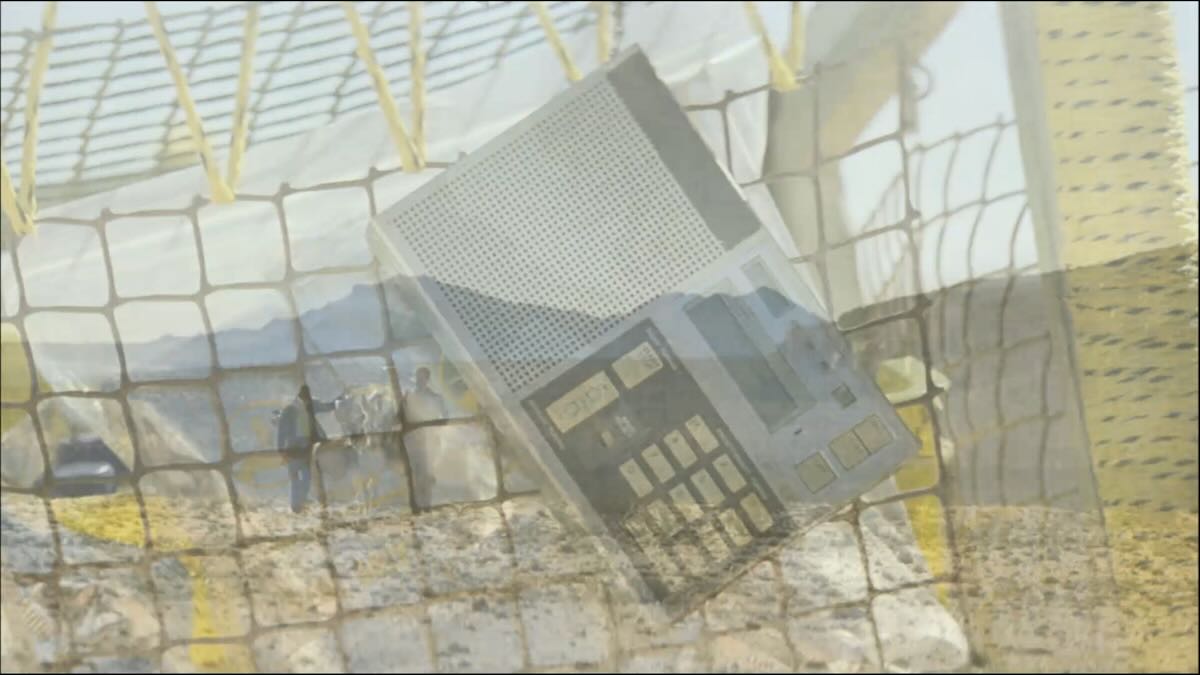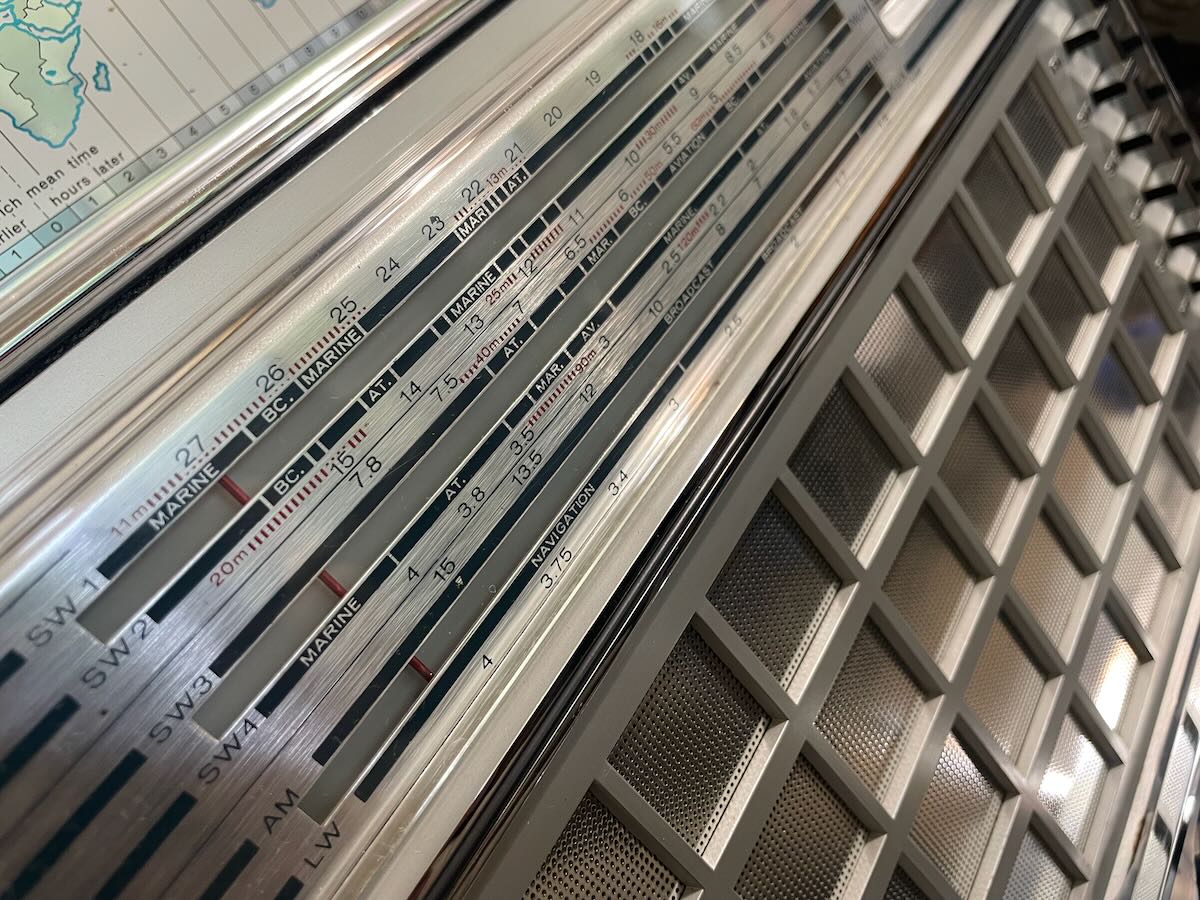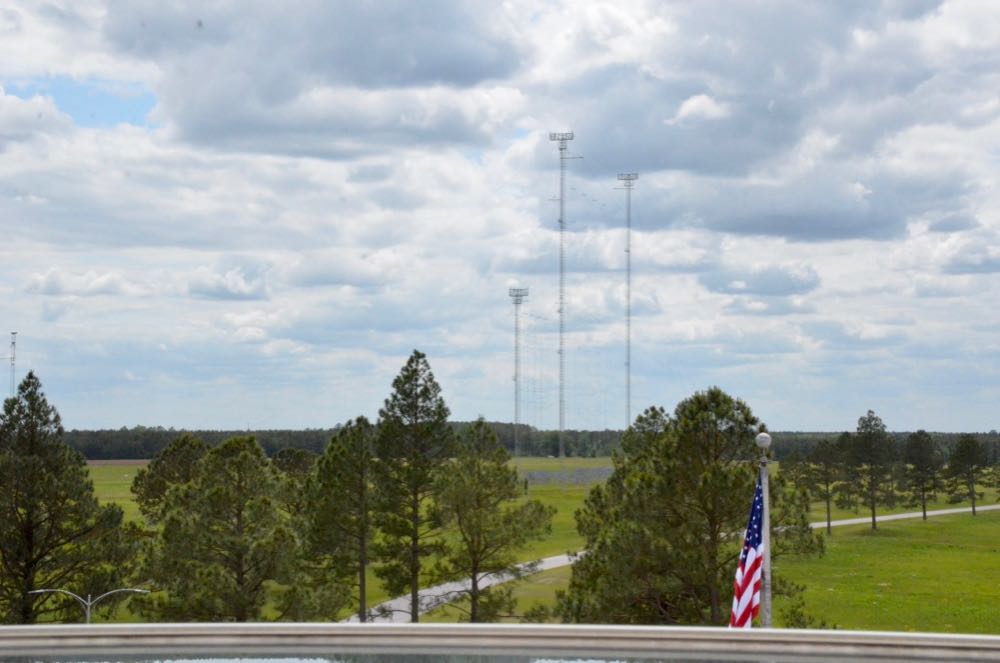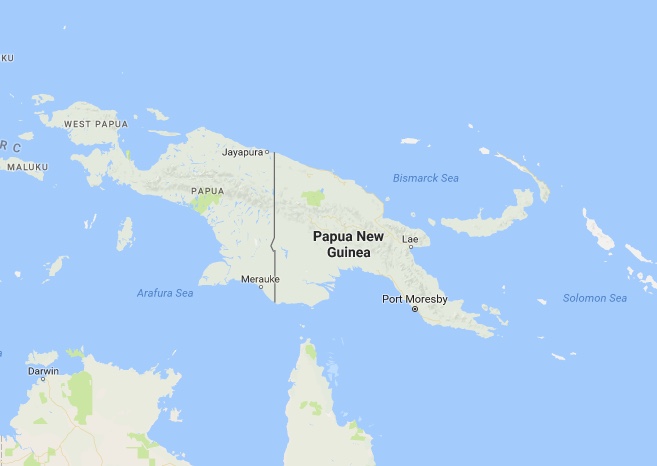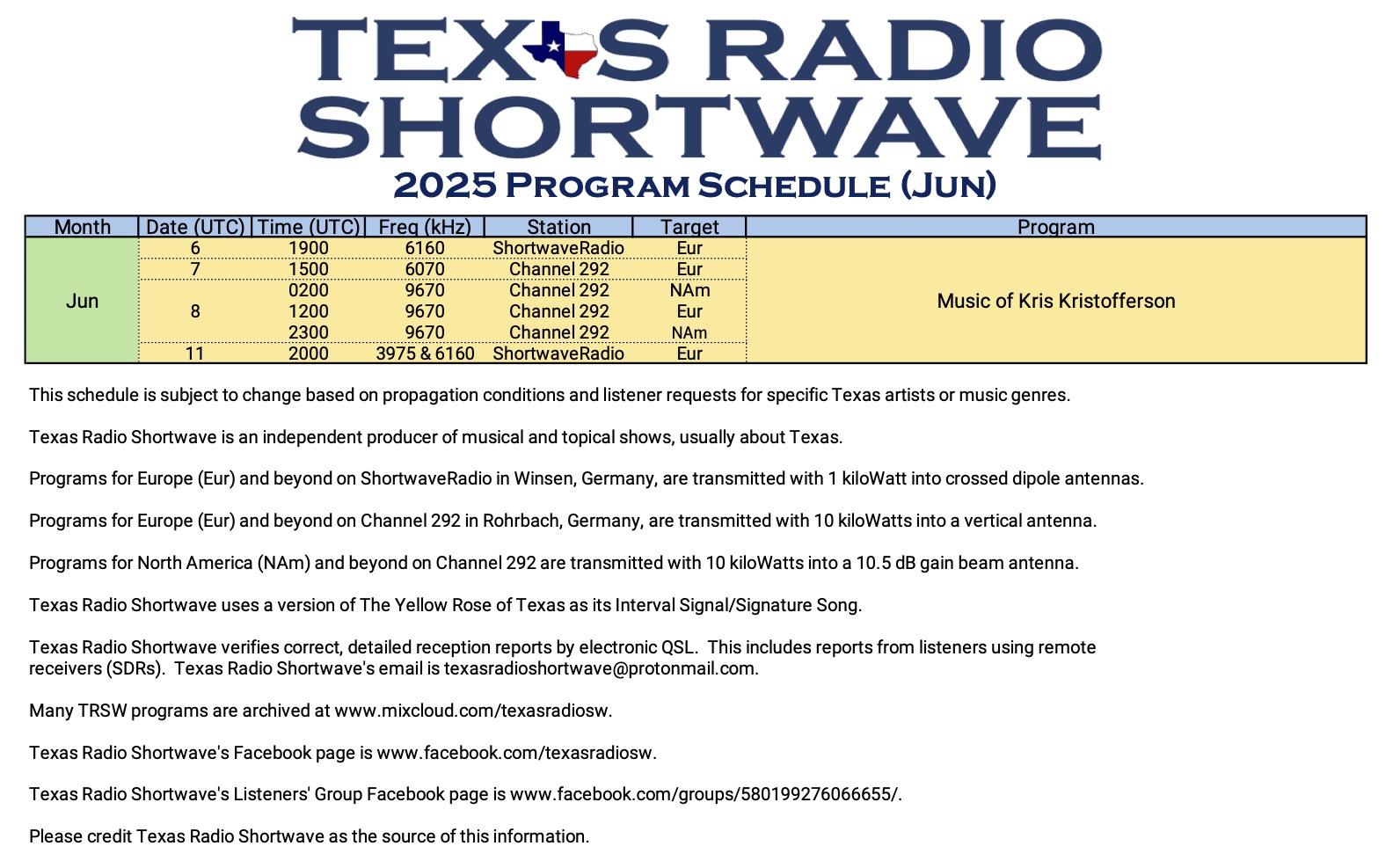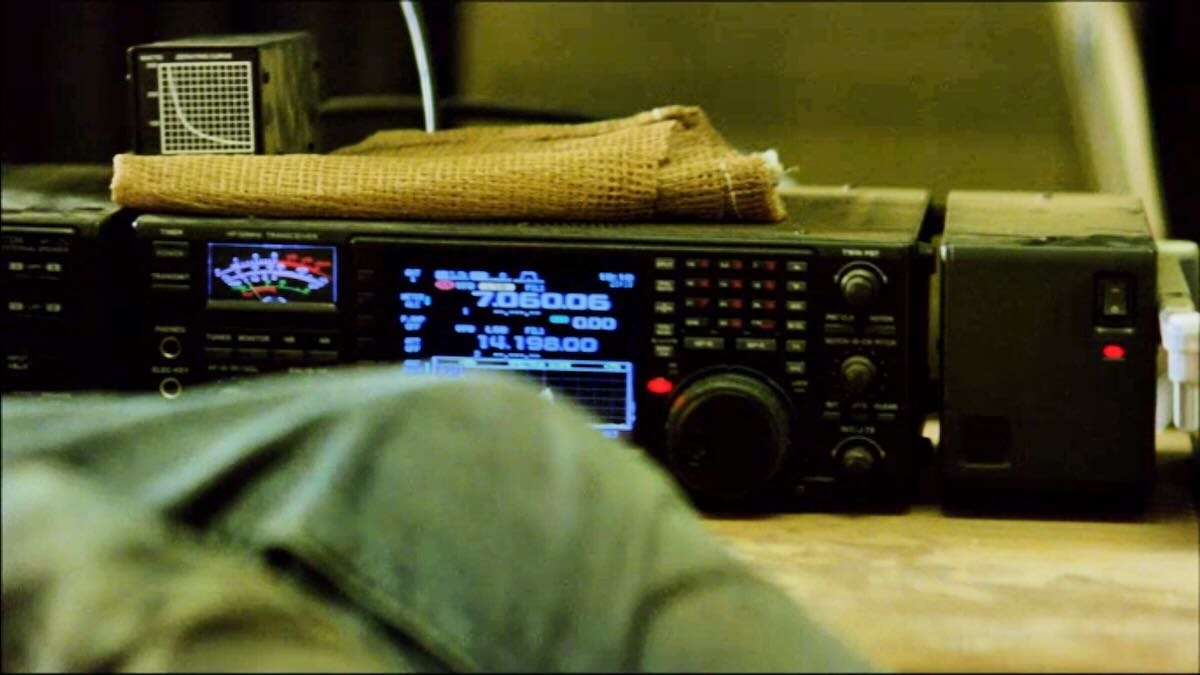 Many thanks to SWLing Post contributor Rafael Rodriguez, who writes:
Many thanks to SWLing Post contributor Rafael Rodriguez, who writes:
Hi Thomas
Greetings from Colombia. Yesterday, I saw a movie called “Young Ones” (2014). It is about an apocalyptic future where water is the most precious resource.
In the film, radio is present through a station called “The Voice of the West shortwave”, which even has the slogan: “Where the airwaves live free”
A pair of radios are also shown, the first one seems to be a Sony 7600d and then an HF transceiver that I can’t recognize, a Handie also appears.
Interestingly, it shows a way to mark an agricultural robot so that whoever finds it can communicate with its owner via citizen band.
I hope it is of interest to you and the readers of The SWLing Post.
Bye and good DX
Rafael Rodriguez R

